The Ultimate Guide To Building Bioactive Reptile Enclosures
November 27, 2020
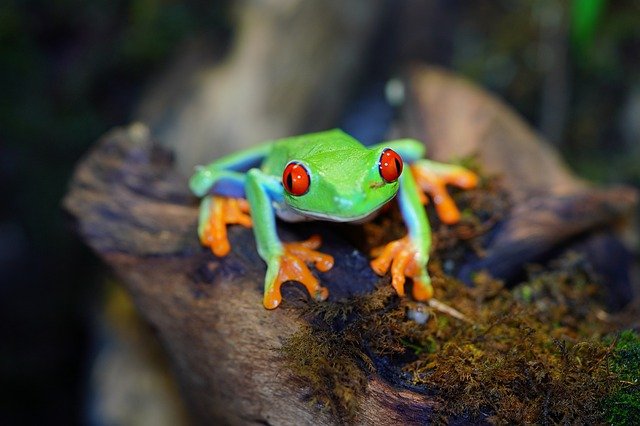
Table Of Contents
- Bioactive Terrarium Guide
- Bioactive Enclosure Supplies
- What's The Best Bioactive Setup For Your Reptile
Bioactive Terrarium Guide
In their natural environment, reptiles are part of an ecosystem, and within that ecosystem are other living things all working together to ensure that the environment is balanced. When setting up your reptile's enclosure, you want to make it as close to their natural environment as possible to keep them happy and healthy. The best way to do this is to build a bioactive terrarium. A bioactive terrarium will include live plants and small invertebrates whose job it is to break down waste.
One of the biggest benefits to a bioactive enclosure is that it makes the maintenance so much easier. You will still have to spot clean on occasion of course, but overall, the tank will be much more self sustaining. Another benefit to a bioactive enclosure is the cost. Setting them up can be a bit pricey, however, overtime the cost of bioactive is cheaper than buying new substrate every month.
Bioactive Enclosure Supplies
Bioactive enclosures consist of drainage, substrate, the clean up crew, and live plants. You can build the drainage and substrate from scratch, individually choosing each piece that goes into your reptile’s terrarium, or you can buy premade mixtures and bundles.
Drainage
If you have a tropical enclosure, drainage is the first step, and one of the most important ones. This layer will go on the very bottom, allowing the substrate above to drain, preventing mold and unwanted retained moisture. Soggy substrate can cause your plant’s roots to rot, and possibly give your reptile scale rot. Drainage can be something as simple as some pebbles or small rocks. Be sure to sanitize these before putting them into your reptile's terrarium. To learn more about sanitizing things from outside for your reptile, read my article on the subject. It is important to provide a screen mesh on top of this drainage to prevent the substrate from falling into it or your reptile digging into it.
Substrate
The substrate or soil layer will be placed directly on top of the drainage layer in a tropical bioactive enclosure. If you have a desert bioactive enclosure, the substrate will go directly onto the bottom of your tank like normal, as you wont need the drainage layer. This substrate will need to be appropriate to meet your reptile’s needs, such as holding the right amount of humidity. There are several different brands you can choose from that make prepackaged substrates for your specific reptile to make it easier. For a more natural look, you can sprinkle moss and leaf litter (oak or magnolia leaves work best) on top of your substrate. The moss can also benefit your reptile by helping to hold in humidity.
The Clean Up Crew
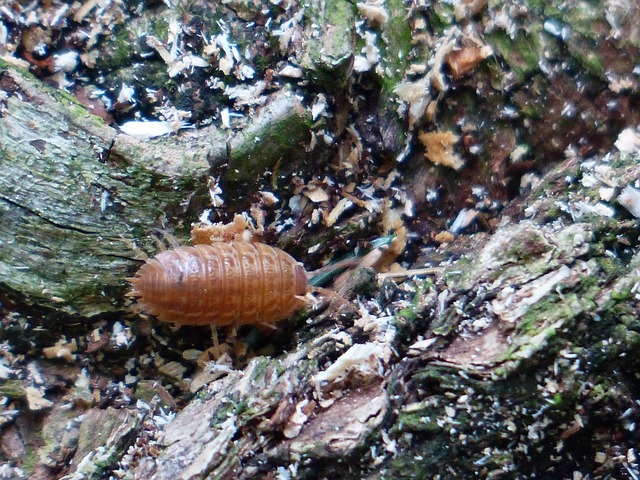
Small invertebrates will be your best friend when it comes to maintaining and cleaning up your reptile’s enclosure. They will break down waste, shed, dead plants, and leaf litter, which in turn will provide nutrients for the small ecosystem in your reptile’s enclosure. Depending on the species of reptiles that you will be housing in your bioactive terrarium will depend on which kind of invertebrate you should use.
- Isopods
- Springtails
- Earthworms
- Mealworms
- Beetles
Always get your clean up crew from online or from a store, NEVER from the outdoors. I know that sounds silly, but bringing in items or creatures from the outdoors can bring in mites or pesticides.
Live Plants

Live plants are by no means mandatory in a bioactive terrarium, however they can look nice and give the enclosure a more lively feel to it. They help to clean the air in your reptile’s enclosure, and can provide some hiding places, which will make your reptile feel more secure. Do research on what plants are safe for your specific reptile before purchasing any. Some plants are better suited for certain reptiles, for example, pothos is a perfect choice for ball pythons, because they’re less likely to crush it than other plants.
Do I Need Additional Lighting For The Plants In My Bioactive Terrarium?
This question is really determined by what kind of lighting you already use for your reptile. Living plants in your reptiles enclosure will require UVB lighting on top of the lighting you use for a heat lamp. UVB can greatly benefit your reptile by increasing activity, and boosting your reptile’s immune system.
What's The Best Bioactive Setup For Your Reptile?
Now that you understand the basics of bioactive, we should get into what works best for the reptile you have, since the bioactive setup can be very different depending on the species.
Bioactive Bearded Dragon Enclosure
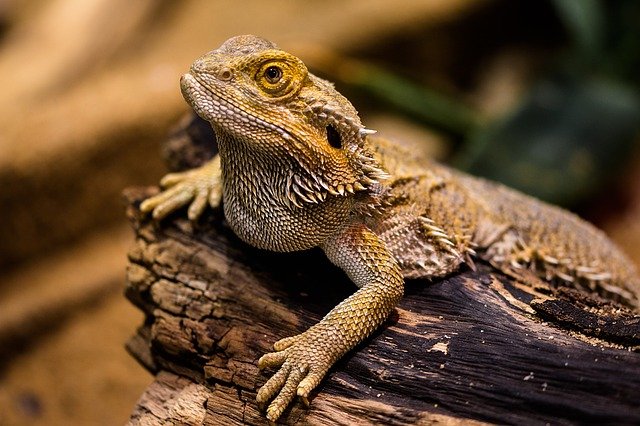
Bearded dragons are large lizards that are naturally found in dry desert like environments. Because of this, you will need a large tank (4’ x 2’ x 2’) to be able to have a successful bioactive setup for your bearded dragon.
- Because they are naturally found in dry habitats, a layer of drainage is unnecessary
- I recommend Excavator Clay Burrowing Substrate for bearded dragons. It allows them to dig and create burrows without the risk of compaction that you get from using sand.
- Springtails, isopods, and red worms are all examples of safe clean up crew for your bearded dragon
- A layer of leaf litter will help provide hiding places for your invertebrates
- Succulents like echeveria can be a great addition to your dragon’s bioactive enclosure as they enjoy higher temperatures and don’t need much water
Bioactive Ball Python Enclosure
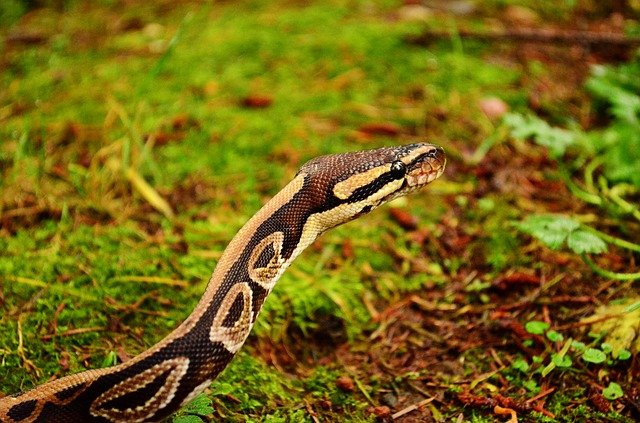
Ball pythons are medium sized snakes that require a large tank and high humidity. Creating a bioactive snake enclosure can be challenging since snakes, (especially snakes the size of ball pythons and bigger) produce large amounts of waste at irregular intervals.
- Because of their high humidity requirements, you will need a drainage layer
- I highly recommend Coconut Husk as ball python substrate. I use it for all my ball pythons, and it does a great job at keeping the humidity in. Be sure to soak them before adding to your enclosure.
- Pothos is a good plant of choice, as ball pythons are heavy bodied snakes that will crush and kill most plants
- Leaf layer will not only supply invertebrates with a place to hide, it will also give your snake a place to hide and an added sense of security
- You will need a tank that stands at least 2 feet tall, since you will have a deep layer of drainage and substrate
Bioactive Leopard Gecko Enclosure

Leopard geckos are great candidates for bioactive terrariums because they are small lizards that produce a fairly small amount of waste. This makes it much easier for the clean up crew to keep the enclosure clean. Leopard geckos are commonly kept in enclosures that have too low of humidity, therefore a bioactive enclosure can be beneficial by boosting the humidity.
- Leaf litter will supply the clean up crew with places to hide from your gecko
- The BioDude’s TerraSahara Bioactive Substrate works great for leopard geckos
- A thin drainage layer is beneficial
- Isopods and springtails work great for leopard geckos
- Snake plants and pothos work well in leopard gecko enclosures
This post contains affiliate links that may pay me a commission when a sale is made. Affiliate commissions help me maintain this website, and I only recommend products that I trust.

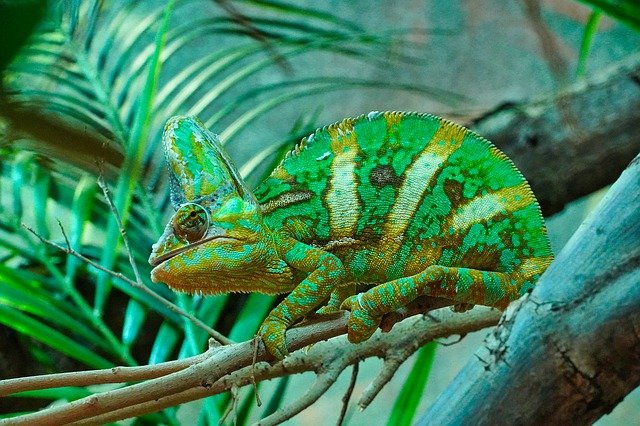



Sending...